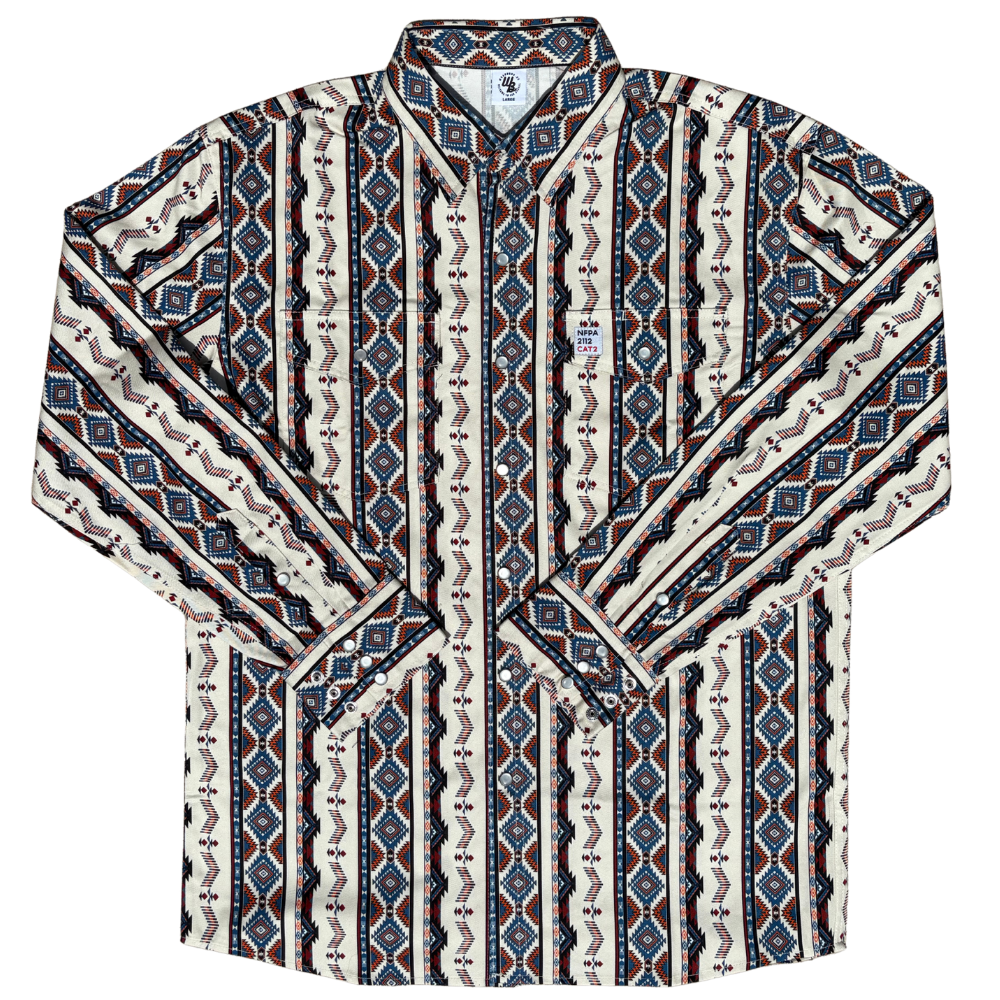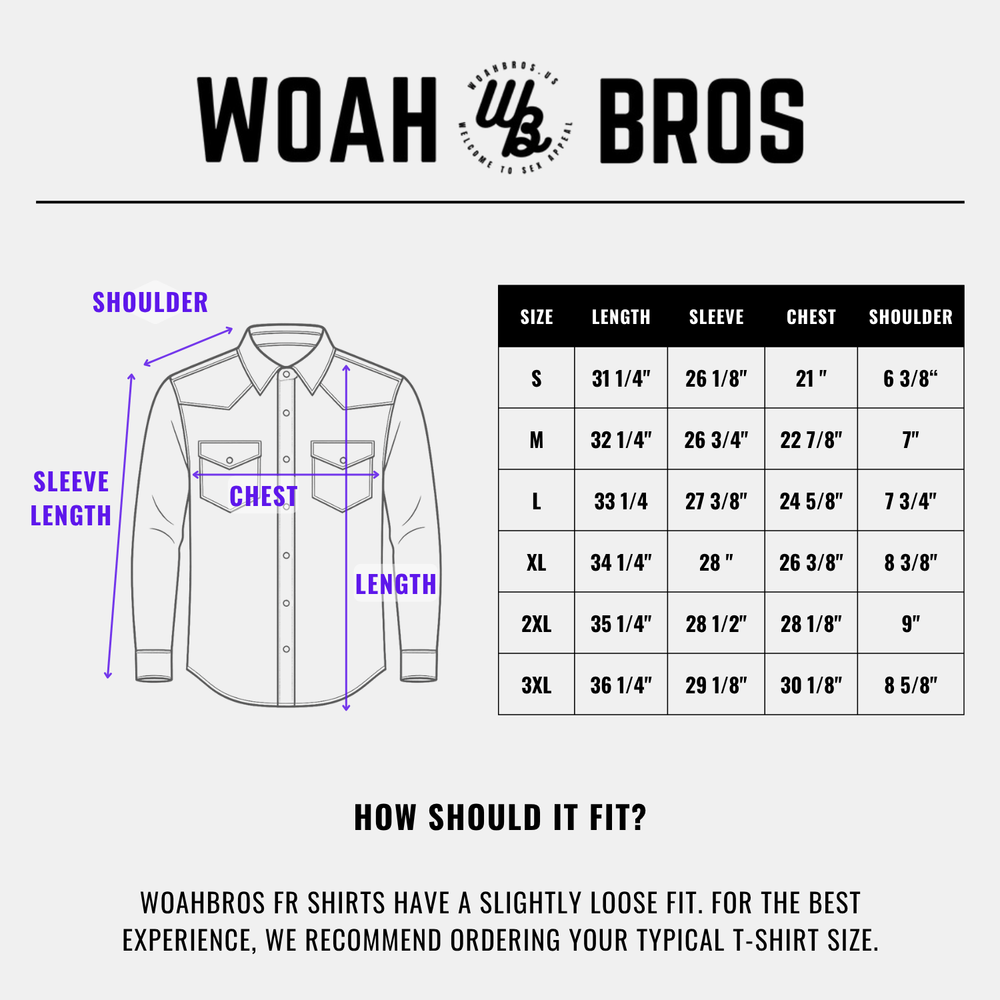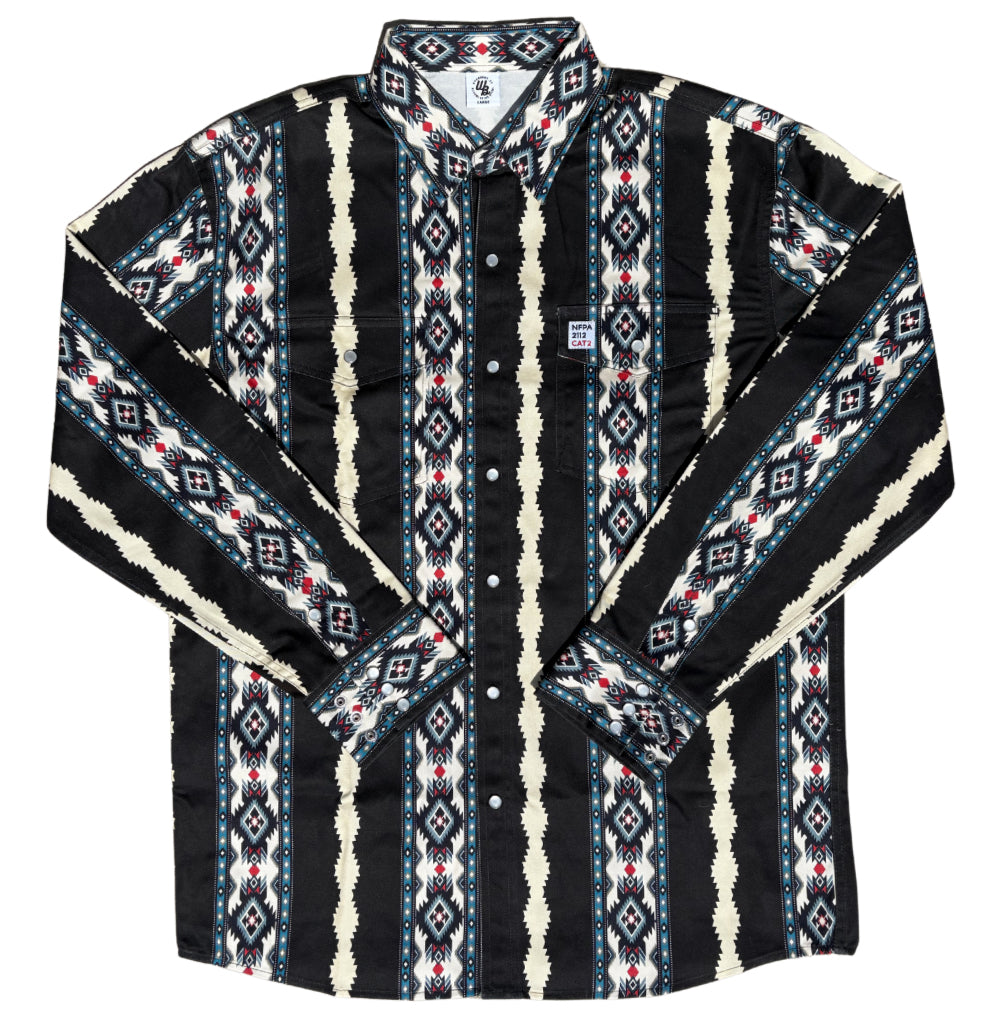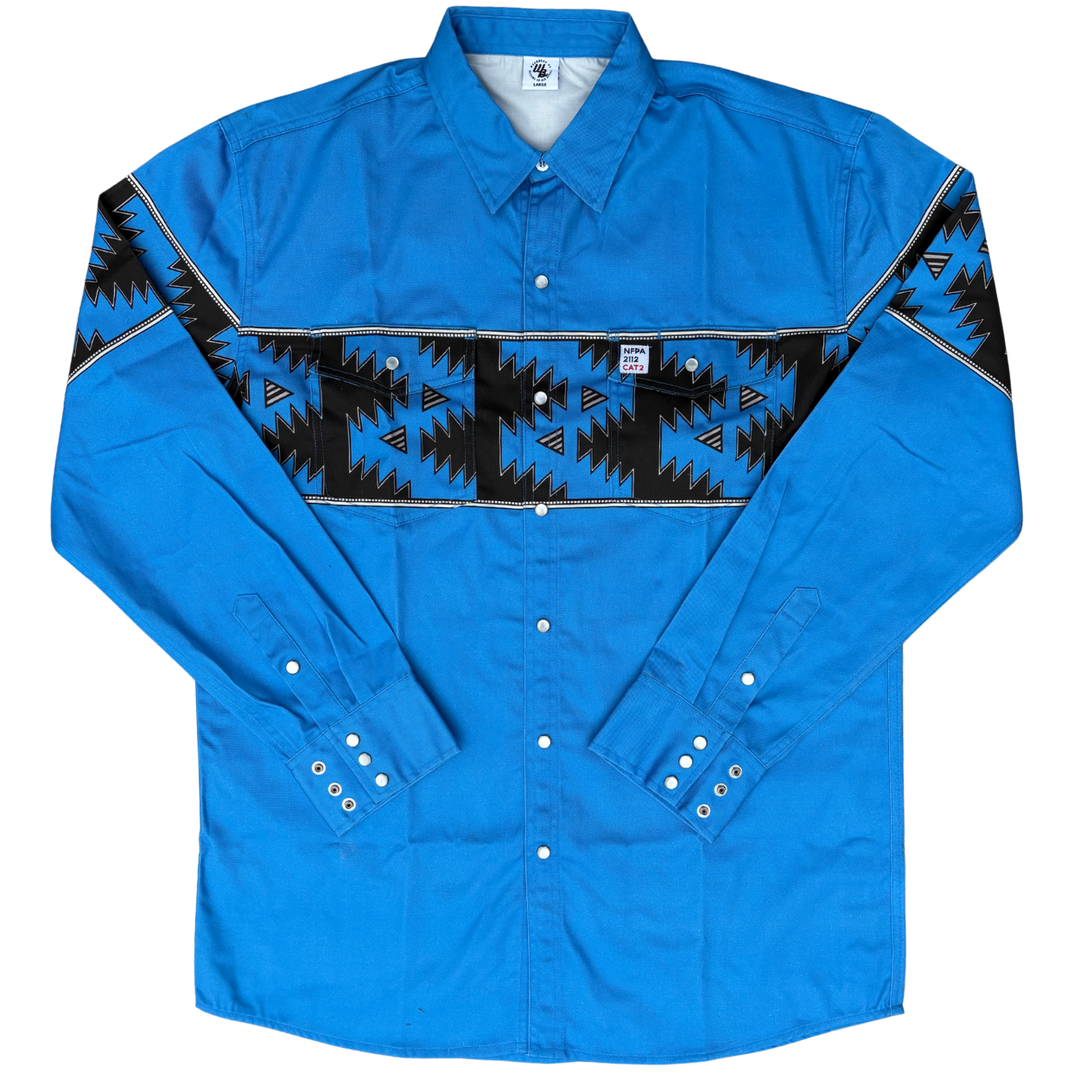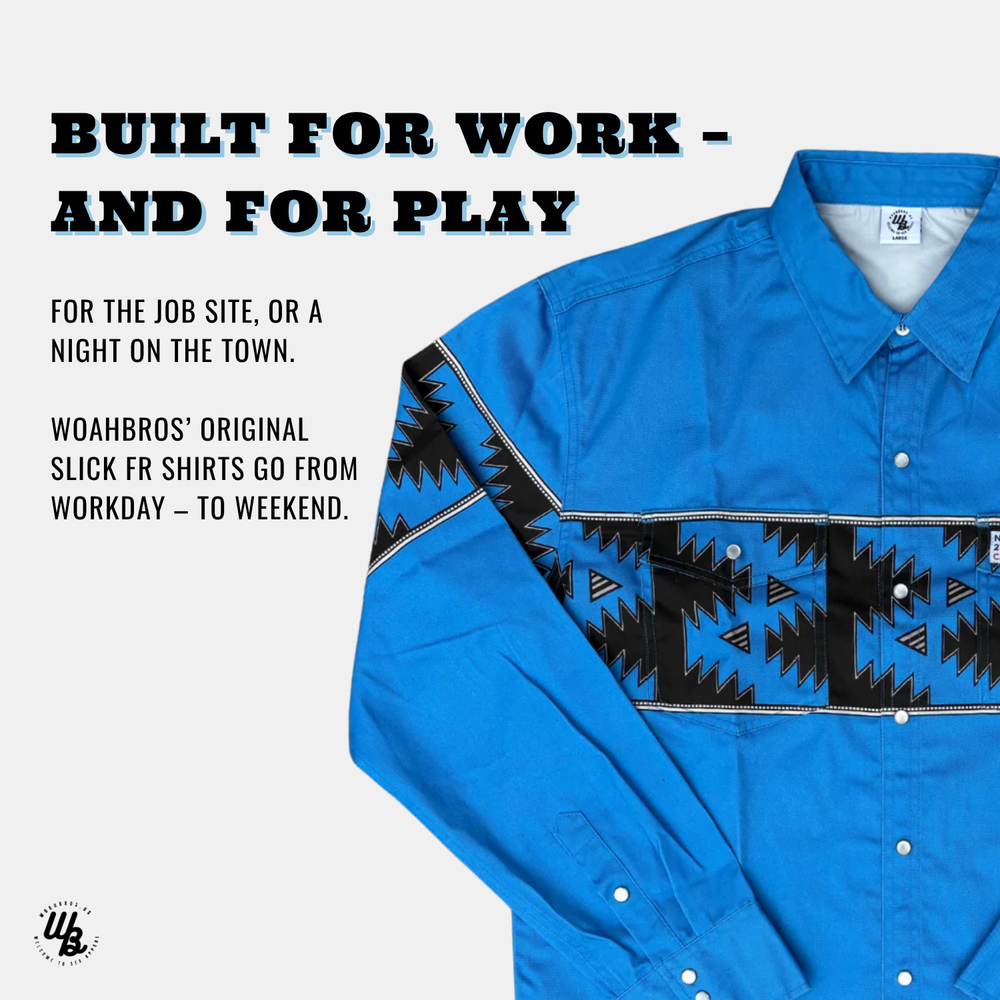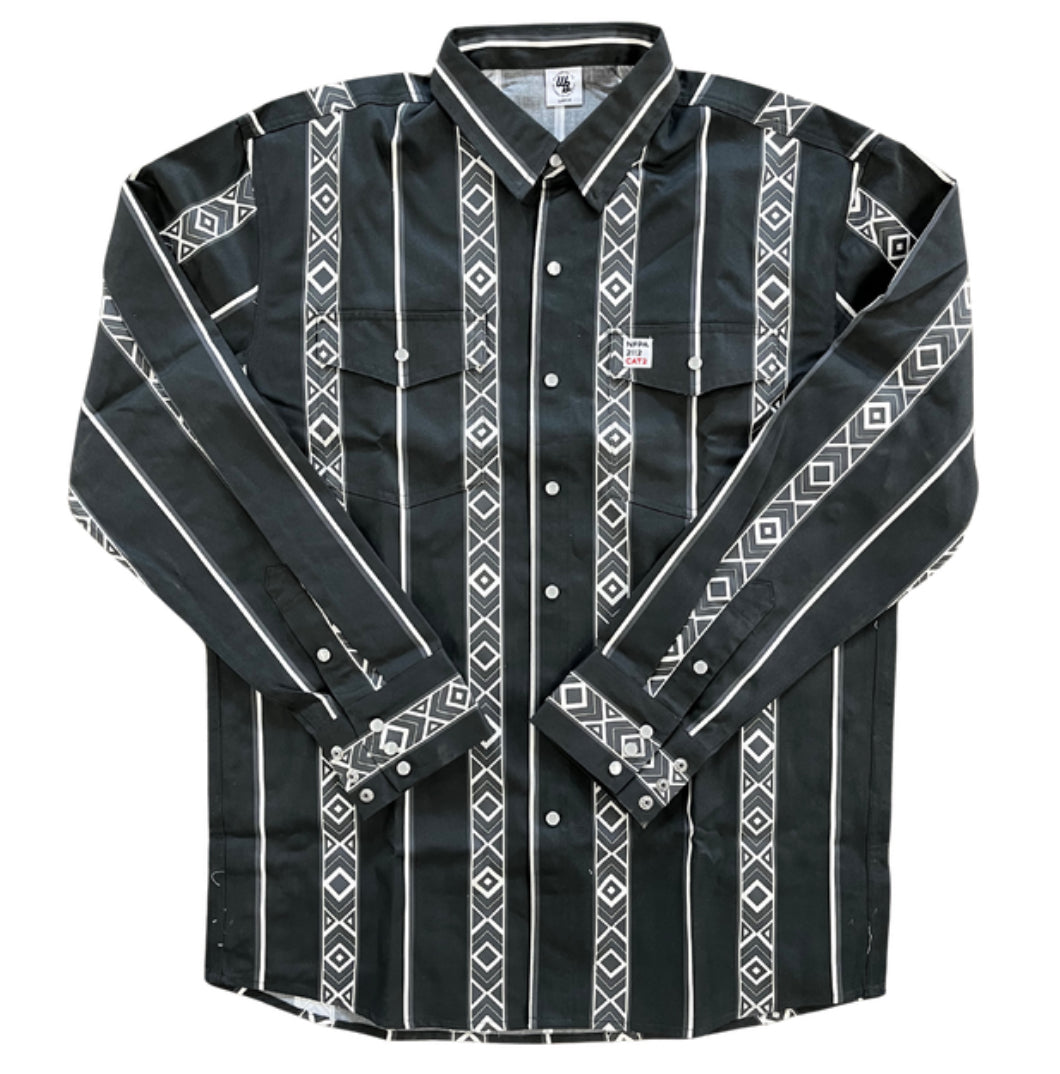Why FR Clothing Loses Protection Over Time (and How to Slow It Down)
Flame-resistant (FR) clothing is essential for workplace safety. But its protective power naturally degrades over time. Knowing how and why that happens—and what to do about it—helps you stay safer and get more value from your gear.
Why FR Clothing Degrades Over Time
-
Fabric Wear & Abrasion
Daily use, friction against surfaces or tools, and mechanical wear weaken or thin fibers. Even without apparent damage, these areas may no longer meet safety requirements. -
Washing & Detergent Effects
Cleaning is necessary—but repeated laundering, especially with harsh soaps—reduces FR performance by wearing down fibers or stripping protective treatments. Model Apparel+10TenCate Fabrics+10MWG Apparel+10MWG Apparel -
Heat, UV Exposure & Aging
Heat from dryers or sunlight can weaken fibers and degrade flame-resistant finishes over time. -
Contamination Build-Up
Oil, grease, fuel, or chemical residue that’s not properly washed out can cling to fibers and compromise flame resistance. Model ApparelISHN
How Long Should FR Clothing Last?
-
Treated cotton FR: Generally lasts 12–16 months with regular use and care.
-
Cotton-nylon blends (e.g., 88/12): Expect 18–30 months of service life.
-
Nomex® or similar blends: Can last up to 2.5–4 years, especially with proper handling. ISHN+7IRINFO.ORG Infrared Thermography+7Safeopedia+7Safeopedia
Another source cites a lifespan of 1–3 years (roughly 100 washes) depending on usage patterns and maintenance. Inland Empire Safety+1
-
Inherent-FR fabrics (like Nomex®): The FR protection is built into the fiber and does not wash out over time—though wear and damage still affect function. Model Apparel+5MWG Apparel+5Inland Empire Safety+5
Signs Your FR Clothing Has Lost Its Protective Edge
-
Thin or threadbare areas, holes, or worn seams
-
Persistent or deep-set stains and odors
-
Fading, stiffness, or noticeable residue
-
Garment permanently altered in fit or shape
How to Slow Down Loss of Protection
1. Follow Proper Laundry Methods
-
Use mild, fragrance-free detergent—never bleach or fabric softener. Softener residue can act as flammable fuel on your FR fabric. IRINFO.ORG Infrared Thermography+3Alsco+3ISHN+3Model Apparel
-
Wash in warm or cold water—not above the manufacturer’s instructions. High heat accelerates fiber damage. AlscoModel Apparel
-
Turn garments inside-out to reduce surface wear and maintain appearance. Model Apparel
2. Limit Wash Frequency When Possible
-
Over-washing accelerates deterioration. Consider a laundering cadence that balances cleanliness with garment longevity. ISHN+4LinkedIn+4MWG Apparel+4
3. Handle Contamination Carefully
-
Pre-treat stains and avoid soils becoming permanent. If oil or fuel remains after washing, retire the garment. Model ApparelISHN
4. Store Intelligently
-
Keep clean FR clothes in a cool, dry place, away from sunlight and harsh chemicals. MWG Apparel+6TenCate Fabrics+6ISHN+6
5. Rotate & Inspect Gear
-
Rotate multiple FR shirts to reduce wear on any single one.
-
Inspect before each shift; conduct detailed reviews monthly or quarterly. TenCate Fabrics+1
When It’s Time to Replace FR Clothing
Replace immediately if you notice:
-
Thin or worn fabric, holes, frayed seams
-
Permanent contamination or discoloration
-
Structural damage (zippers, buttons, seams)
-
Altered fit or fabric integrity
Inherent FR fabrics may still retain flame resistance but fail mechanically. Always prioritize user safety.
Final Word
FR clothing is a valuable safety layer—one that lasts longer with consistent, proper care. Wash carefully, store smartly, and inspect often. Still, no garment lasts forever—replace when needed.
Need fresh gear that stands up to the job? Check out the WoahBros FR Shirt Collection for dependable, flame-resistant shirts built for durability and real-world work.




